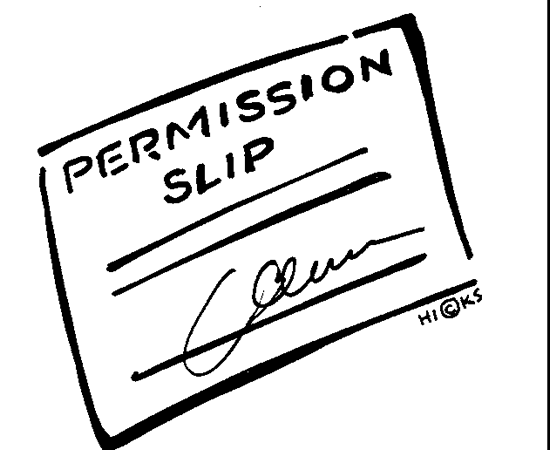Assignments for This Unit
All documents / graphic organizers for
in-class activities & homework:


Characteristics & Needs Illustrated
What do the characteristics and needs looks like?
Students illustrate and label each characteristic and need of all living things. The intent is to deepen their understanding, and begin to generalize these specific designations and how they manifest across the whole living world.
Living Words
Pick a Card! Any Card!-Reading from Text Book/Vocabulary Cards
In this activity, students read from the text, and make vocabulary cards that will help them understand how the needs and characteristics of living things manifest in all life on earth. Theses cards will also become study tools for the upcoming quiz.
The Game of Life
This is the Angevine Life Science Version
Using game boards cards become the review and the method by which each student moves forward on the game board. The student picks a card. The person must answer the question correctly. If they do so, they roll the dice and move forward the amount on the dice. Then it is the next student’s turn. Have fun, and learn at the same time. Compete with your friends, see if you can outsmart them.
50 Cent Microscope
Video- TED Talk 3/7/14
Is it possible to build a working microscope for 50 cents?
It's better than you think.
Perhaps you've punched out a paper doll or folded an origami swan? TED Fellow Manu Prakash and his team have created a microscope made of paper that's just as easy to fold and use. A sparkling demo that shows how this invention could revolutionize healthcare in developing countries ... and turn almost anything into a fun, hands-on science experiment.
The Microscope: More Than Meets the Eye
Microscope Orientation
In this assignment, students will become familiar with the way a microscope works. How all the pieces and parts work, and what they are used for. This is the first step toward taking a closer look at the microscopic world to which humans were unaware until the invention of the microscope in the early 1600s.
















